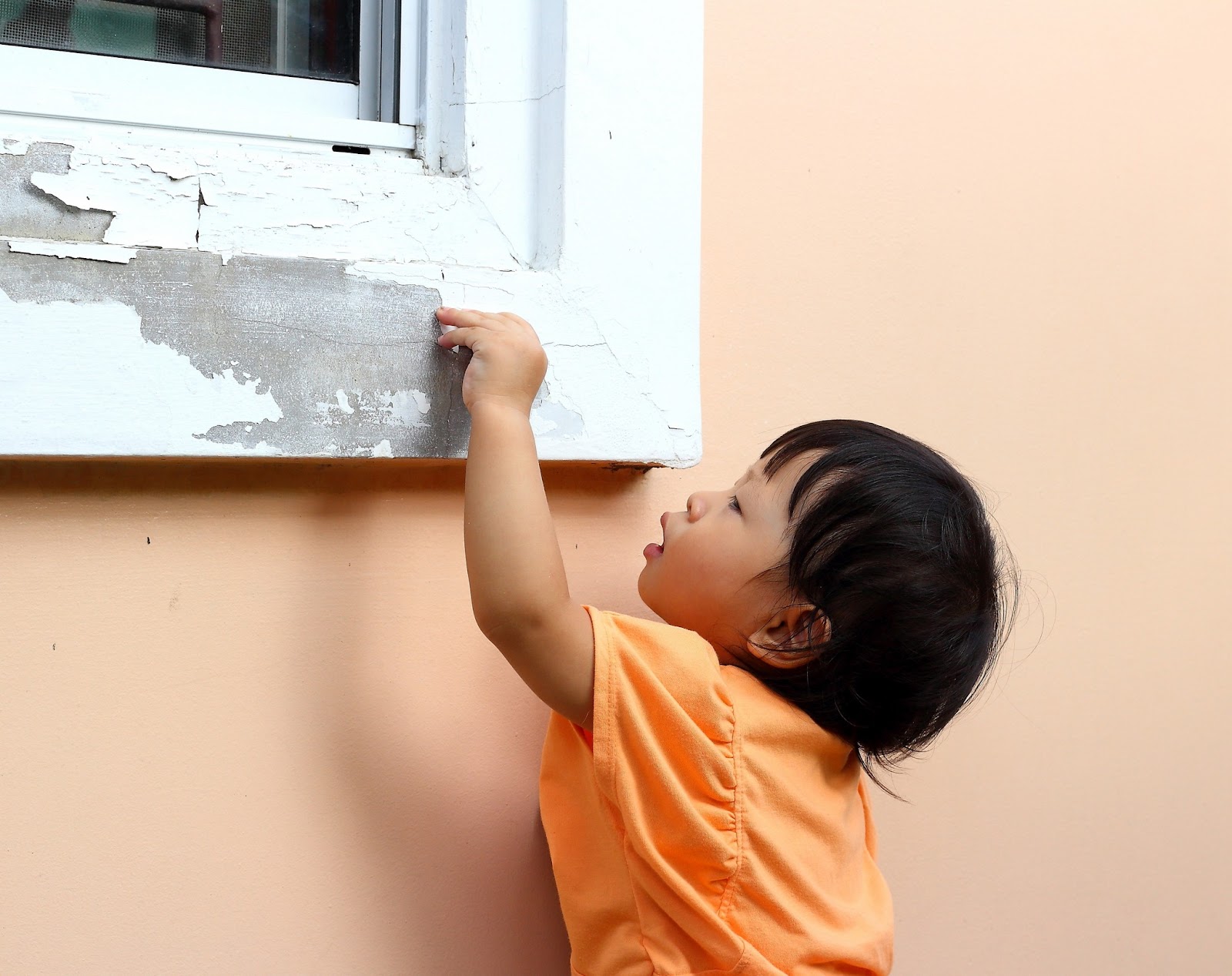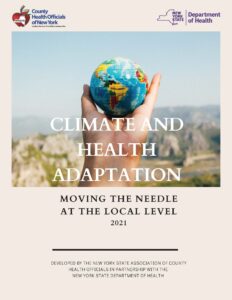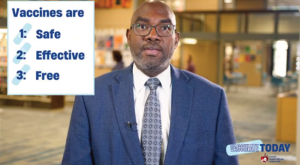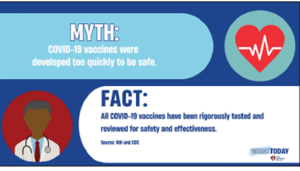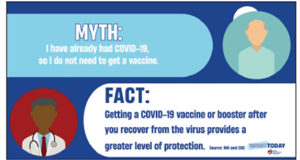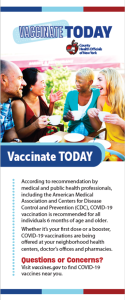 Lead Prevention Advocacy
Lead Prevention Advocacy
Help New York State Protect Children From Being Exposed to Lead Poisoning!
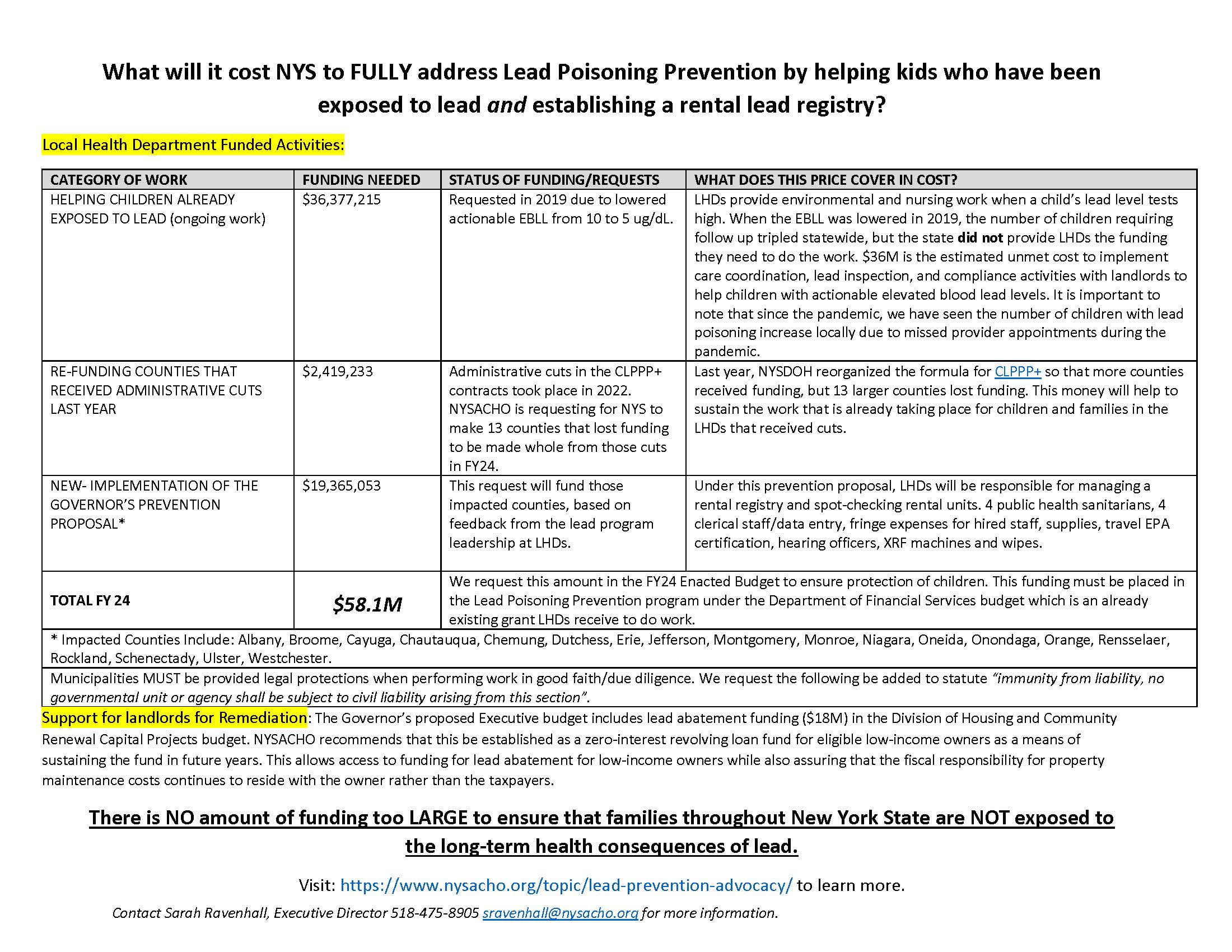
Why do we need to worry about lead?
Lead is a toxic heavy metal that affects multiple body systems and is particularly harmful to young children. Lead in the body is distributed to the brain, liver, kidney and bones and is stored in teeth and bones where it accumulates over time. According to the World Health Organization (WHO) and Centers for Disease Control and Prevention (CDC), there is no known level of lead exposure that is considered safe. Even low levels of lead in blood have been shown to affect IQ, the ability to pay attention and academic achievement and the effect of lead exposure cannot be corrected.
Some sources of lead that make children sick include:
Sources of lead include paint (in older homes, old toys, furniture and crafts), dust, soil, drinking water, air, folk medicine and numerous others. However, according to the New York State Department of Health, the most common cause of lead poisoning is dust and chips from old paint. Even though lead-based paints were banned for use in housing in 1978, all houses built prior to 1978 are likely to contain some lead-based paint.
Lead-based paint hazards in New York State:
According to the United States Census Bureau’s Population Estimates Program, 78% of housing structures in New York State were built prior to 1979 and 42.9% of total housing units were built before 1950. Given lead-based paints were only banned in 1978, it can be estimated that more than three quarters of all housing units in New York State have lead paint.
Why are children at higher risk?
Children under the age of 6 years are at particular risk because they are growing rapidly and because they tend to put their hands or other objects, which may be contaminated with lead dust into their mouths. Children living at or below the poverty line who live in older housing are at the greatest risk because this housing is most likely to both contain old lead paint and be poorly maintained, resulting in active lead hazards. Some studies have found that children of some racial and ethnic groups living in older housing are disproportionately affected by lead.
What are the Roles and Responsibilities of Local Health Departments?
The roles and responsibilities of local health departments (LHDs) regarding identification and coordination of follow-up services for children with elevated blood lead levels (EBLLs) are defined in NYCRR Title 10 Subpart 67-1. As defined in 67-1.6, local health departments shall:
- Provide blood lead screening or arrange for blood lead screening for each child who requires screening and whose parent or guardian is unable to obtain a lead test for their child because the child is uninsured, or the child’s insurance does not cover lead screening.
- Establish a sliding fee schedule for blood lead screening of children from families with incomes in excess of 200% of the federal poverty level, pursuant to Section 606 of the Public Health Law, and collect fees for blood lead testing from third party payers, when available.
- Provide environmental management for children with confirmed blood lead levels (BLLs) > 15 µg/dL. (Note: On May 6, 2009, the NYS Code of Rule and Regulations Part 67-1 was revised to lower the blood lead level requiring environmental management and other specified follow-up services from 20 to 15 µg/dL, and to clarify that follow-up services are required for all children aged birth to 18 years with elevated blood lead levels. These changes became effective on June 20, 2009.).
- Provide data to identify exposure patterns and high-risk populations for strategic planning for lead poisoning prevention at the state and local levels.
- Institute measures to identify and track children with elevated blood lead levels (EBLLs) to assure appropriate follow-up.
- Local health departments who serve as a child’s primary health care provider shall carry out activities in accordance with paragraphs (1) through (9) of section 67-1.2(a). (See Appendix C, D, E).
LHD lead programs are responsible for tracking all children with BLLs > 5 µg/dL to assure that appropriate follow-up services are provided. Current New York State regulations define “follow-up” as actions by LHDs and health care providers which, depending on the child’s blood lead level and exposure history, include as appropriate.
- Confirmatory and follow-up blood lead testing;
- Risk reduction education;
- Nutritional counseling;
- Diagnostic evaluation which includes a detailed lead exposure assessment, a nutritional assessment including iron status, and developmental screening;
- Medical treatment, if necessary;
- Environmental management; and
- Case management.
To meet their responsibilities, LHD lead programs work in coordination with other team members, who may include the child’s parent(s) or guardian(s), the child’s health care provider(s), other LHD program staff and LHD or NYSDOH District Office (DO) environmental health staff, and other health professionals as needed.
Protecting New York’s Children from Lead Poisoning Requires a True Fiscal Investment in Prevention and Response!
The Executive budget proposes a lead poisoning primary prevention initiative, requiring the development of a state rental registry with proactive inspections to identify lead hazards. NYSACHO supports primary prevention as the most proactive approach to protecting children from lead-based paint exposure, however, sufficient resources to support implementation of both past and the current proposed lead poisoning prevention mandate must be made to ensure kids are protected.
- The Governor’s proposal provides no direct funding to the local health departments in serving the communities of concern; while a limited amount of funding is included in the state operations budget, there is no indication of how much, if any, of this would be provided for on-the-ground implementation. Impacted counties estimate costs will be need for additional public health sanitarians, data entry staff, fringe costs, supplies, travel, equipment including additional XRF machines, dust wipe testing, EPA certification costs and legal costs.
Estimated costs of the Governor’s proposal for local health departments: $19,365,053.88
- In 2022, as part of a new five-year funding cycle, thirteen (13) of the counties with designated communities of concern for lead poisoning received administrative cuts in their lead poisoning primary prevention funding due to an update of the existing formula. While this update resulted in five additional counties becoming eligible for primary prevention funds, because the last significant increase to the state lead poisoning primary prevention appropriation occurred in SFY 2014-15, NYSDOH could only adjust the formula to fund the additional five counties by reducing funding to the other thirteen. Those LHDs losing funding included Monroe County, whose rental inspection program serves as the model for the Governor’s current primary prevention proposal.
Cost to restore CLPPP+ funding to counties that received admin. cuts: $2,419,233
- New York State continues to fall short in adequately funding local health departments to protect those children already identified as having elevated blood lead levels above 5 ug/dL based on the expanded number of cases since lowering the EBLL in 2019.
Estimated unfunded cost of implementation for care coordination and lead inspection and abatement enforcement activities for children with actionable elevated blood lead levels: $36,377,215.
Call Governor Kathy Hochul and your State Legislators to tell them to increase budget appropriations for lead poisoning to include: $58.1M
